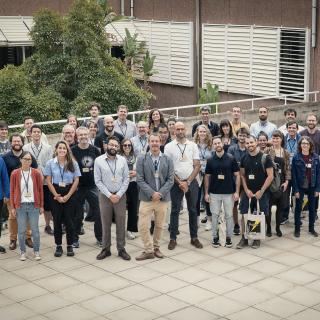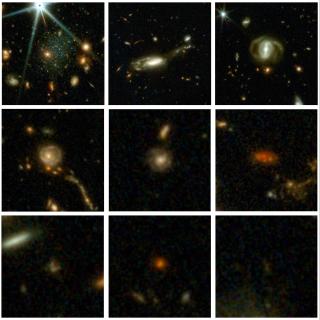The hierarchical model of galaxy evolution suggests that mergers have a substantial impact on the intricate processes that drive stellar assembly within a galaxy. However, accurately measuring the contribution of accretion to a galaxy's total stellar mass and its balance with in situ star formation poses a persistent challenge, as it is neither directly observable nor easily inferred from observational properties. Using data from MaNGA, we present theory-motivated predictions for the fraction of stellar mass originating from mergers in a statistically significant sample of nearby galaxies. Employing a robust machine learning model trained on mock MaNGA analogues (MaNGIA) obtained from a cosmological simulation (TNG50), we unveil that in situ stellar mass dominates almost across the entire stellar mass spectrum (109 M⊙ < M⋆ < 1012 M⊙). Only in more massive galaxies (M⋆ > 1011 M⊙) does accreted mass become a substantial contributor, reaching up to 35-40% of the total stellar mass. Notably, the ex situ stellar mass in the nearby Universe exhibits notable dependence on galaxy characteristics, with higher accreted fractions favoured by elliptical, quenched galaxies and slow rotators, as well as galaxies at the centre of more massive dark matter haloes.
Advertised on
Authors
Eirini
Angeloudi
Jesús
Falcón Barroso
Marc
Huertas-Portocarrero Company
Alina Boecker
Regina
Sarmiento
et al.
References



